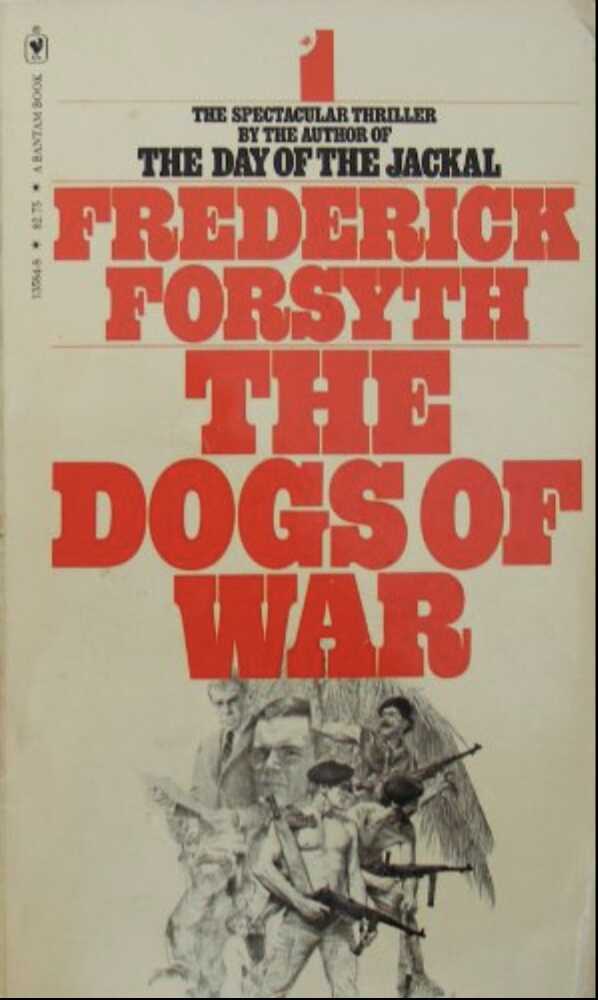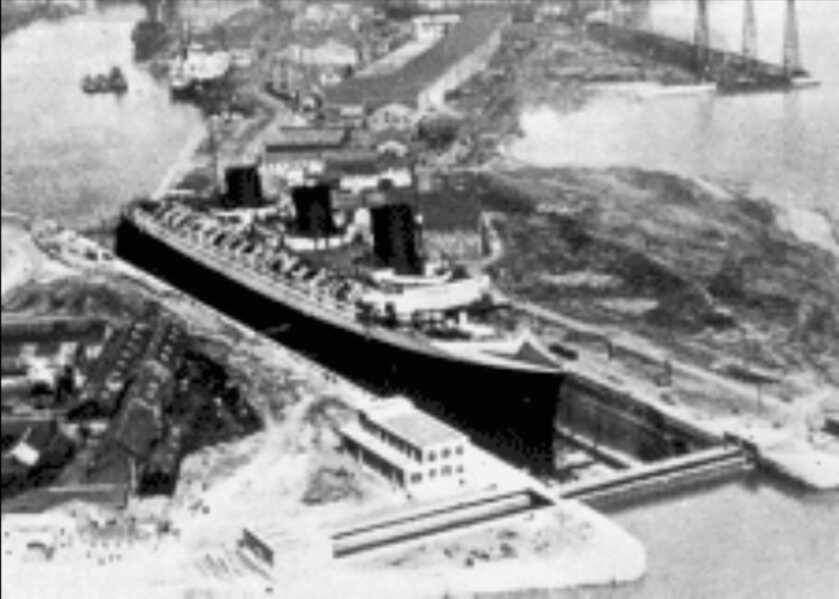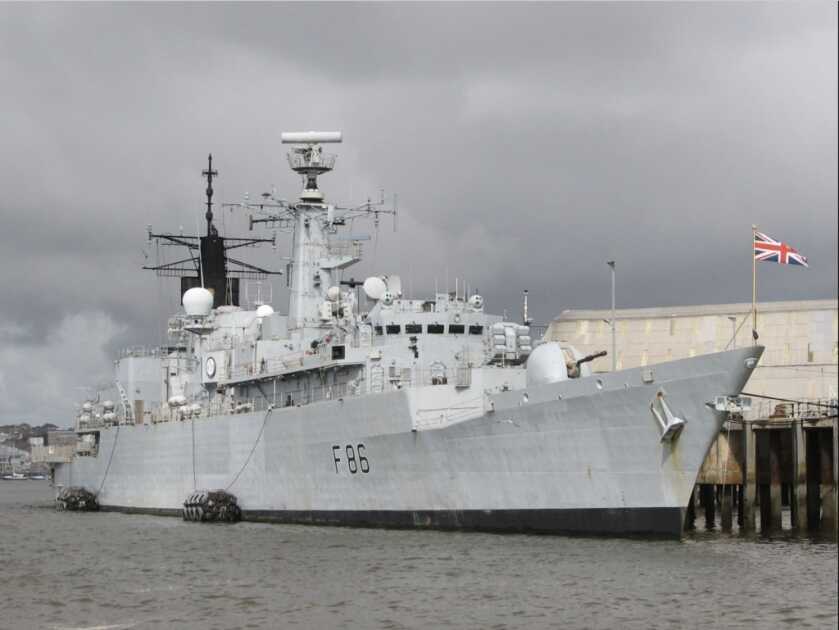
Estimated reading time: 14 minutes
Back in my day video games were called books. Like most quasi-professional word monkeys, I was an aggressive reader. I was practically raised by Alistair MacLean, Ian Fleming, Frederick Forsyth, and Rodney William Whitaker.
Table of contents
Prologue

Forget for a moment that they never really got the guns right and that nobody is that fearless in the real world. These compelling tales of daring and elan captivated a young man coming of age in the 1970’s. The Guns of Navarone, Where Eagles Dare, Ice Station Zebra, Dr. No, The Dogs of War, The Eiger Sanction, and Shibumi planted seeds that germinate here each week at GunsAmerica.
Speaking solely for myself, I couldn’t write until I had done some stuff. I revisit my efforts at fiction back in High School and simply cringe. Science fiction obviously has little practical basis. As a result, sci-fi and fantasy are fairly forgiving of the neophyte wordsmith. However, if you want to draft compelling prose about something as technically precise as covert commando operations, you’d better at least have known somebody who was there.

MacLean served with the Royal Navy during World War 2. Forsyth flew de Havilland Vampires with the RAF before spending most of the rest of his life in sundry war zones around the globe. Whitaker served in the US Navy during the Korean War. Fleming was a legitimate spy. In each case, these extraordinary action scribes had a deep well of practical experience from which to draw. But did you ever wonder where all that stuff came from?
Available on GunsAmerica Now
The Problem In St Nazaire
The Normandie Dry Dock at St. Nazaire, France, was the only Nazi-controlled facility outside of Germany proper that could manage a capital ship the likes of the battleship Tirpitz. In the early years of World War 2 before the widespread deployment of aircraft carriers, massive dreadnoughts like the Tirpitz and the Bismarck were effective not so much for what they did as what they were capable of doing. It was the threat of the battleship and her fearsome guns that kept combat fleets bottled up and gave invasion planners pause.

Despite their terrifying nature, these massive battlewagons were fairly fragile weapon systems. They demanded thousands of trained men to crew them and were profoundly resource-intensive to maintain. Part of the overall equation was access to maintenance facilities that could repair these enormous vessels once they invariably accrued battle damage. That’s what made the dry docks at St. Nazaire so important to the German war effort. If the Allies could neutralize this sprawling facility, German naval operations would be severely curtailed. The ultimate culmination of this strategic military goal was Operation Chariot. Operation Chariot was arguably the greatest special operations raid of all time.
The Mission

St. Nazaire is located on the north bank of the Loire River, some 250 miles from the closest British port. The Germans knew it was important and defended it accordingly. A full brigade of flak guns along with extensive naval artillery, two U-boat flotillas, a wide variety of torpedo boats and harbor defense craft, and an entire Wehrmacht infantry division were allocated to keep St. Nazaire prickly.

The outer harbor of St. Nazaire was defined by a pair of manmade piers that stuck out into the Atlantic. These piers helped shield a pair of lock gates that maintained a steady water level in the enclosed St. Nazaire basin. This protected the repair facility from ocean swells and the vagaries of the tides. The associated dry dock was the largest in the world when it was completed in 1902.
The Bismarck was attacked and sunk as she made for St. Nazaire after the infamous Battle of the Denmark Strait in May of 1941. This was the dreadnought-versus-dreadnought slugfest that claimed HMS Hood and damaged the Prince of Wales. With Tirpitz still in the fight, St. Nazaire had to go.
The Plan
British military planners schemed out dozens of potential options. The final plan was unbelievably audacious. It also involved bending the rules a bit.

HMS Campbeltown was a WW1-vintage American destroyer originally christened the USS Buchanan. We had gifted the Buchanan to the Brits as part of the destroyers-for-bases deal wherein President Roosevelt traded obsolete warships for rent-free 99-year leases to military facilities in such British holdings as Newfoundland, Bahamas, Jamaica, Antigua, Guyana, Bermuda, and others. It was a pretty sweet deal. Early in the war we also traded a substantial percentage of Britain’s gold reserves for military equipment. I don’t have much in common with FDR politically, but the guy was a shrewd operator.

The concept of the operation had the Campbeltown stripped down, packed with explosives, and operated by a skeleton crew. Escorted by a pair of Royal Navy destroyers and carrying a robust force of British Army commandos, the Campbeltown would be rammed onto the dry dock facility at speed. Several nimble Fairmile Motor Launches (ML) carrying their own commando forces would land simultaneously and disgorge their troops.
With support from the flotilla, the commandos would neutralize shore defenses, blast the pumps and support equipment needed to manage the dry docks with explosives, and then escape via the waiting MLs. The explosive charge in the Campbeltown would be set on a timer to explode after the assault force was clear. It was an incredibly bold plan.
The Weapons

The conversion of the Campbeltown was effected in ten days. The Brits gutted her of everything they could remove to raise her draft and allow her to clear the sand shoals leading into the estuary. The three 4-inch gun turrets, torpedo tubes, and depth charge launchers were all stripped. In their place, maritime workers installed a quick-firing 12-pounder (3-inch) gun along with eight 20mm automatic Oerlikons. Additionally, the area around the bridge and deck was reinforced with steel armor. The intent was to transform the old beat-up tin can into a close-range antipersonnel gunship.
British workers removed two of the funnels and reshaped the remaining two to make the ship better resemble its German counterpart. They packed the bow with 9,000 pounds of high explosive and then sealed the charge within a thick layer of concrete. The plan was to scuttle the ship by opening the seacocks once she came to rest. They would then initiate the explosive charge via time pencils to ensure enough delay to allow friendly troops to egress. Time pencils were WW2-vintage detonators that employed acid to eat through a wire to release a spring-loaded striker. A similar kit was used during Operation Valkyrie, the ill-fated mission to kill Hitler in 1944.

Supplied Well For St Nazaire
While the Campbeltown was the main event, the British commandos were liberally supplied with American Thompson submachine guns. Developed during World War 1, the M1921 and subsequent M1928 Thompsons were lyrically obsolete by 1942. However, the Tommy gun hit like a freight train and was the only weapon of its type available in quantity at the time. In many cases, the British bought Thompsons using their national gold reserves and then shipped them across the Atlantic, braving the U-boat wolf packs in the process. There is no telling how many of those beautiful guns were sent to the bottom while enroute. Regardless, the commandos still had access to plenty of them.

The 1928A1 Thompsons used by the commandos featured heavy machined receivers, detachable buttstocks, and vertical foregrips. The guns weighed nearly 11 pounds empty, and the drum magazines, when available, were both bulky and loud. However, nothing else compared to the close fight.
Execution
No plan survives first contact with the enemy, and Operation Chariot was no different. Guided by Royal Navy submarines and flying a captured German Kriegsmarine naval ensign, the Campbeltown was first sighted by U-593 while maneuvering under cover of darkness. RAF bombers peppered the area with bombs as a diversion, and the Campbeltown now made for the shoals at its top speed.
Campbeltown grounded twice but pulled herself over the sand with difficulty. Roughly eight minutes out from the docks, the Germans illuminated the little armada with searchlights. When the shore batteries opened fire, the Captain of the Campbeltown radioed, “Ship being fired upon by friendly forces.” This bought them all a few more precious minutes. Like proper pirates, the crew exchanged the German flag for its British counterpart about one mile out and all hell broke loose.

At 0134, the Campbeltown bulled its way through the protective anti-torpedo nets and slammed into the dock gates. The force of the impact pushed the big ship 33 feet onto the gates and smashed 36 feet of the vessel’s bow. The commando element then charged off of the Campbeltown in two assault teams. The ship’s crew scuttled the vessel and activated the time pencils. The escorting motor launches and torpedo boats landed their commandos as well. The result was unfettered chaos.

Trapped In St Nazaire
The motor launches got slaughtered. With roughly 100 troops on the ground, the assault unit commander realized evacuation by sea was no longer practical. His orders to his troops were simple: Do your best to get back to England, do not surrender until out of ammunition, and do not surrender at all if it can be helped. The commandos fought like berserkers.

Once the Campbeltown was disabled and abandoned, the Germans swarmed aboard. They assumed they had captured a British warship. The 4.5 tons of high explosive encased in concrete detonated several hours later around noon. The blast claimed some 360 German troops. The British had also fired torpedoes into the area which sported time-delay fuses.
The following day, German workers from Organization Todt deployed to attempt to clean up debris and salvage the situation. However, these civilian workers were wearing khaki uniforms. When the previously-fired British torpedoes detonated unexpectedly the apprehensive trigger-happy defenders mistook the khaki-clad German workers for more British commandos and opened fire on them, killing several.
Aftermath

The St. Nazaire dry dock complex was rendered unusable for the rest of the war. It was not actually repaired until 1948. Of the 612 British troops who deployed on Operation Chariot, only 228 successfully made it back to England. 169 were killed, and another 215 were made POWs. Five indestructible young studs evaded through Spain before stowing away on a ship for England. The operation produced five Victoria Crosses, two of them posthumously.
READ MORE: When Americans and Russians Went to War


The ship’s bell from Campbeltown was recovered during the raid and later presented to the people of Campbelltown, Pennsylvania, at the end of the war. In 1988 the people of Campbelltown loaned the bell back to the Royal Navy for installation on the new HMS Campbeltown, a modern frigate. The bell was returned to Pennsylvania in 2011 when the second vessel was decommissioned. It seemed fitting punctuation on one of the most audacious special operations missions in military history.
*** Buy and Sell on GunsAmerica! ***












Thank you for such a great article. The beginning really brought back lots of memories for me personally about reading all those books, I think most of which I still have.
Will,
I look forward to all your well-researched historical articles! Your matter-of-fact delivery is compelling. Don’t hesitate to compile them all together in a book. In fact, why aren’t you a screenwriter? Get to it, man!
Once again, great job, word monkey!
The ship’s bell wasn’t the only thing made of brass!
Nice article, as usual. I am always impressed by the amount of research that you do!
Great article! Thank you.